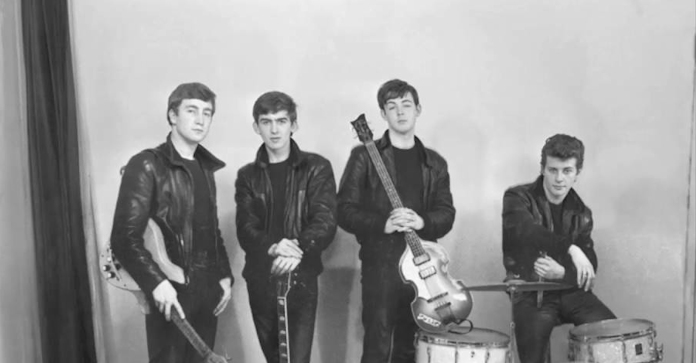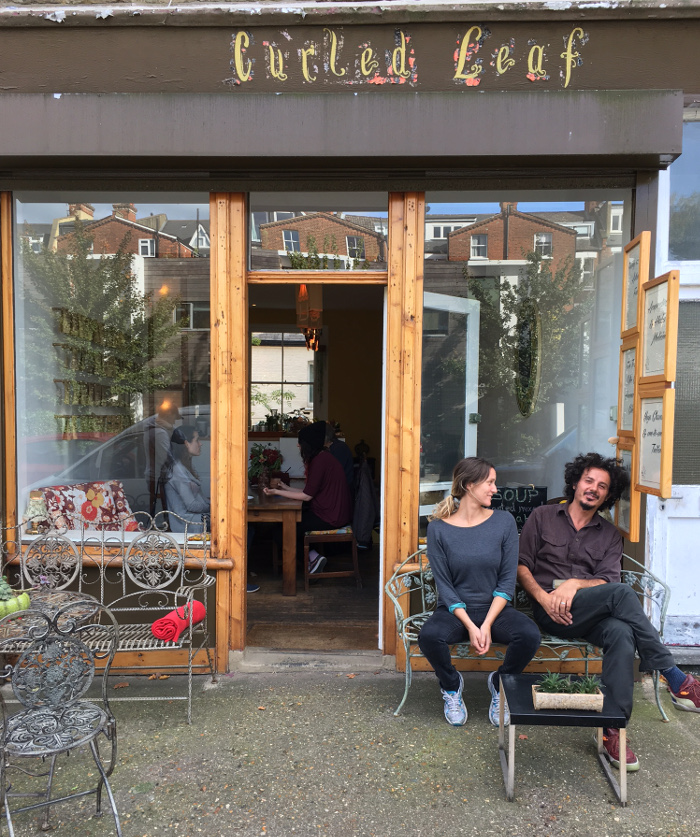New Year, new round-up of West Hampstead’s fitness and gym options (would you believe, this is our most popular article year in, year out). Most of you will already know about the main local gyms to help you shed those post-Christmas pounds (or kilos): Swiss Cottage Leisure Centre, Virgin Active at the O2 and the Gym up by Fortune Green.
However, West Hampstead is getting a reputation as the place for specialised fitness classes. Classes such as HIIT (High-Intensity Interval Training) and similar interval-based training classes have proven an effective way to get fit and into shape. The festive period inevitably leads not just to a more generous girth, but also a sluggish feeling, so having an instructor telling you exactly what to do is a sure fire way to get a work out that works.
We have reviewed three very different local fitness boutiques in the area to find out which class is best for you and we have some West Hampstead Life exclusive discounts below.
Studio Society
The Studio Society boasts live and fully immersive, interactive classes with virtual instructors. You can do mountain climbers and feel like you’re on top of a skyscraper in Manhattan or take the shivanasa yoga pose feeling like you’re amongst the temples of Bali.

The instructor is video linked and you can see their posture from three different angles, so you do see their side profiles too, and with digitally inserted overlays you get a bit of extra instruction on which areas of your body you are targeting. Of course, unlike a live class, you can’t ask the instructor a question or have them spot you if you need an extra pointer, however, the instructions are quite intricate and detailed.
You may wonder whether there’s much difference between this and taking a class at home on YouTube. Being in a group environment is actually quite motivating and Studio Society has chosen to run these classes with specialised high-quality instructors. However, if you really need a real person to get you going, then there are “live” classes too.
There are a wide variety of classes (both virtual and live), including a range of HIIT sessions, in bursts of 30 or 45 minutes, sculpting, strength and conditioning as well as pilates, yoga and even mindfulness and meditation. There is also a spinning room, with a variety of scenes on the screen – with a motivational instructor getting you to sweat to the max.
Studio Society has proven very popular since opening last summer, which can mean some quite big classes in its two huge studios and a fully packed spinning room.
The facilities are excellent and feel new. There are plenty of showers and toilets, a big changing area and lots of lockers.
It’s a short walk away (right next to the Gym actually) up by Fortune Green. Its classes start early in the morning, carry on throughout the day and finish in the evening.
There’s no contract, and £26.95 a month gives you unlimited classes. There’s a January offer of no joining fee and a 50% discount on your first month’s subscription with the promo code Jan1
Great for: Value, variety of classes and excellent facilities
Less great: Distance from the station, large classes, a little less personal
January offers: £26.95 a month for unlimited classes no joining fee and 50% discount on your first month’s subscription with the promo code Jan1
The HIIT Gym
Intense, varied, fun and impactful all come to mind when it comes to the HIIT gym. HIIT is fast paced, high energy and gets results.

Although intense, I would say these classes are suitable for all levels. They are really motivating, as the instructor talks you through every minute and the exercises change so you’re never doing anything long enough to hate it. You can tailor the exercises to your level somewhat, for example by choosing heavier weights, and sometimes the instructor gives you modifications. Included in the classes are intervals on the treadmill and rowing machines, so you get to incorporate cardio into your workout.
Although the classes always follow the same format, they always feel different and never boring.
Class sizes are around 20 max which is about right, and there is just the one class every hour. I’ve very rarely had any problems getting into a class, and there are plenty of classes outside working hours. It is also conveniently tucked away on Broadhurst Gardens, only a quick hop around the corner from all the stations in West Hampstead.
The facilities are quite limited, this is more of a walk in – walk out place but you can shower if you need to.
HIIT gym is a little more expensive at £45 a month for 4 classes a month, £65 for 8 classes month or £99 a month for unlimited classes. They also offer pay-as-you-go classes and transformation packages.
HIIT gym has given us West Hampstead Life exclusive offers:
- 15% off the Transformation package, which includes 2 compositions tests, a nutritional plan as well as unlimited sessions for a six-week period and a free heart rate monitor worth £60, total cost £153 instead of £180
- 20% off the Transformation and pay-as-you-go packs. Ten sessions are normally £120, so that becomes £96, while 20 sessions would be £200, which falls to £160 with the discount.
- HIIT also offer student discounts. E-mail and mention this article to redeem these discounts.
Great for: High energy, effective classes, 1-minute walk from West Hampstead station
Less great: Limited facilities, fairly big classes at peak times so less personal attention
January offers: No joining fee plus West Hampstead Life discounts (see above).
The Tone Room
New kid on the block (on Mill Lane actually), The Tone Room offers intense and specialised workouts to get you to your strength and toning goals. With tiny classes of no more than six people, trainer Sanjay offers an experience tailored to your needs, and also offers nutritional and postural expertise. It’s as good as having a personal trainer.

The Tone Room is the next level up from a HIIT class, with less room to ‘get away with it’ if, like me, those burpees tend to slow you down! There is plenty of adaptation, however, if you need modifications to suit your fitness and strength levels. If you’re feeling like you’ve plateaued with bigger classes and want to take your workout seriously, the Tone Room can help you get to where you want to be.
Sanjay has done a great job building this boutique and intimate fitness space, and his passion for health and transformation really shows.
Facilities are limited with no showers and limited changing space, however, there is room to leave your things and it feels like a safe space.
The Tone Room is offering £10 for your first class and £45 for three classes. However, if you register for your first £10 class and mention this article, you can get a West Hampstead Life exclusive offer of three classes for £35
Standard prices are: single class £25, 10 classes £175, 20 classes £280, 50 classes £600, yearly £1,500, monthly unlimited £150
Great for: Personalised attention to get you to your fitness goals
Less great: No shower facilities and limited changing facilities, a little far from West Hampstead Stations
January offers: Exclusive West Hampstead Life offer (see above).
Good luck!







